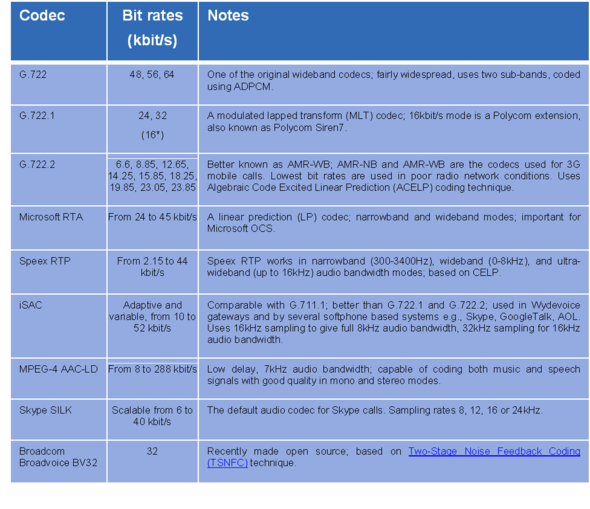
Oresund Bridge, image via Wikipedia
This weeks announcement[1] by Orange that it plans to roll out mobile HD Voice to several more countries throughout Europe, and from UK operator Three that they will roll out HD Voice capability to ‘most’ phones by the autumn is good news for the spread of HD Voice, but Orange are missing a trick.
Read down to the bottom of the Orange press release and you come to the part about hooking up its HD Voice capable mobile networks with its own broadband fixed network service that currently has approximately 800,000 subscribers. Orange is not planning to enable a customer who might have its wideband service on their home network to talk to someone (possibly a member of the same family) in HD Voice quality on a mobile phone until 2012 or 2013!
If HD Voice is to succeed in a big way, then you have to create a system that allows you (with a HD Voice capable device) to call another person (with an equally capable device) and not have to rely on that person being on the same network as you to guarantee the ability for the call to be setup with the best quality.
If disparate islands of HD Voice capability are developed in isolation, then the technology will never achieve its potential to revolutionise the voice communications landscape. What is needed is a concerted effort, from Orange and others, to create the bridges between these islands. Continue Reading...









Recent Comments